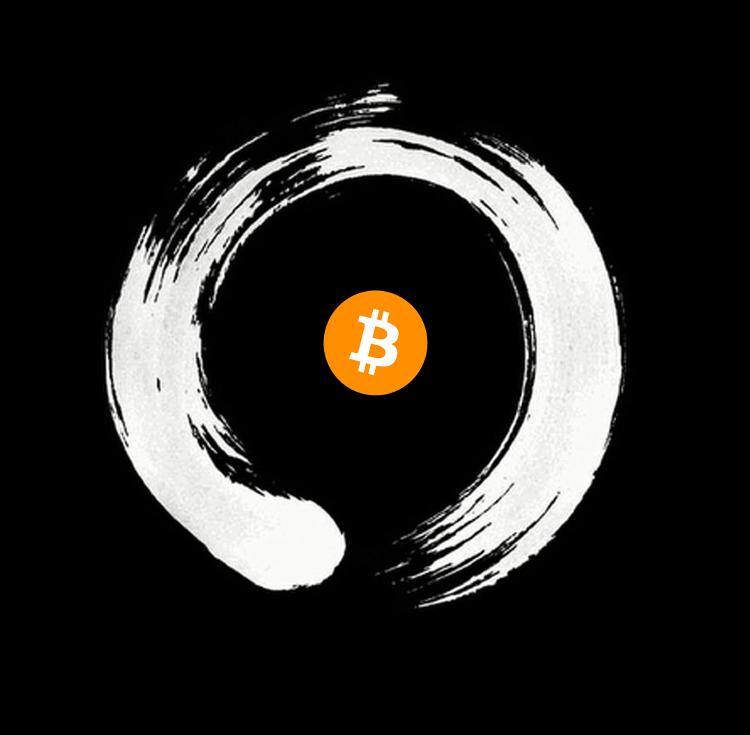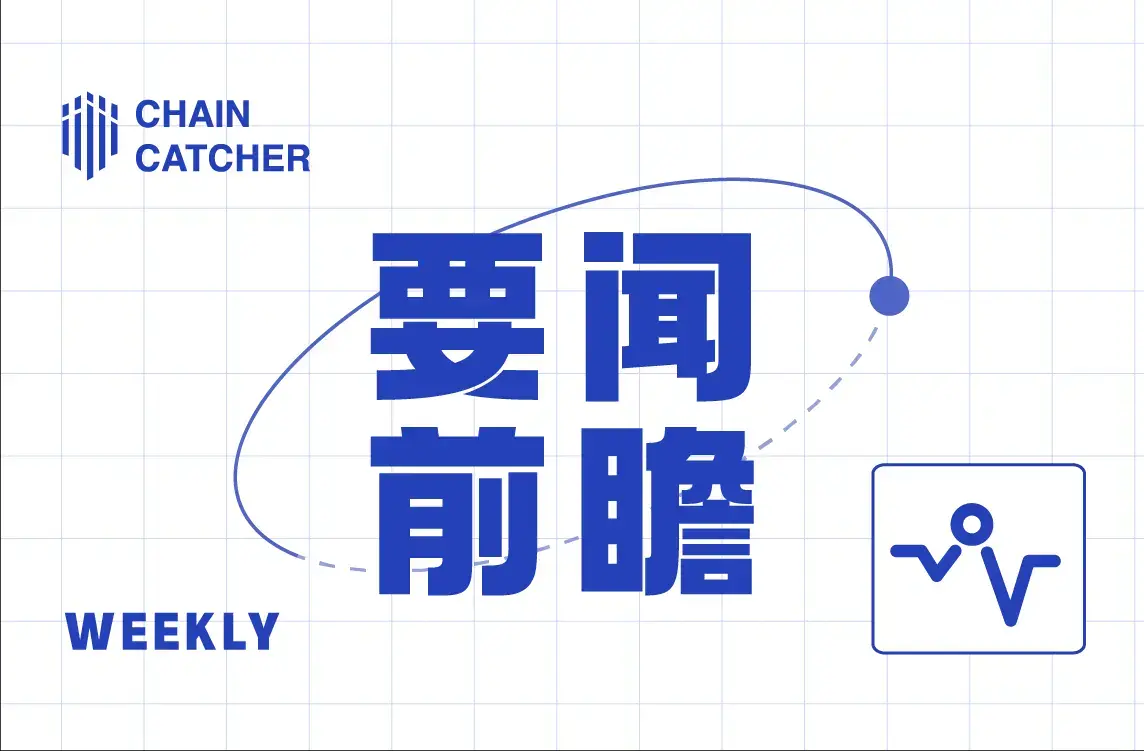Rollups-as-a-Service Roaming Guide
Original Title: Hitchhiker's Guide to Rollups-as-a-Service
Author: 0xjim
Compiled by: Biteye Core Contributor Crush
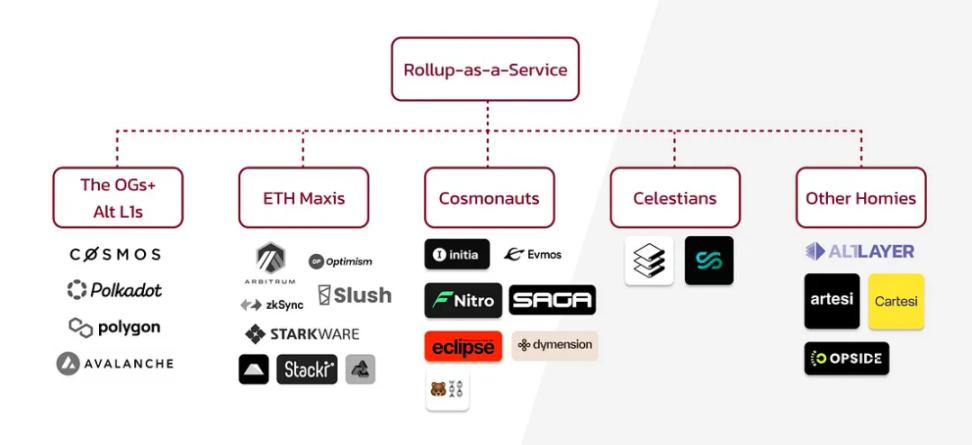
We have previously discussed what millions of blockchains might look like in the future, some being general-purpose public chains, but the vast majority being application-specific chains, or app chains.
The emergence of modular blockchains, Ethereum's rollup-centric vision, and Vitalik's acknowledgment of centralization for scalability in his article "Endgame" have made this future vision almost inevitable.
Thus, we logically conclude that there will be millions of modular chains for specific applications in the future— but how will they be built? Of course, through Rollups-as-a-Service (RaaS)!
Many application teams do not want to think about running infrastructure. Just as AWS abstracts the complexity of hosting servers, RaaS projects are doing the same for building and maintaining blockchains.
In the near future, deploying a new chain will be as simple as creating a new webpage or scaling applications up and down, just as we do now with Docker containers and Kubernetes.
In just the past six months, we have seen a plethora of announcements from RaaS projects—building lightweight, configurable rollup products with minimal code.
Below, I will introduce a comprehensive list of current modular blockchain solutions, namely RaaS projects.
01 Related Project Introductions
OG: Cosmos and Substrate
Cosmos SDK and Substrate SDK have been around for years, allowing developers to create their own sovereign chains (thus technically not modular) or connect to the Polkadot relay chain as a parachain through Substrate to share security.
Alt-L1s (Alternative L1 Public Chains)
Polygon and Avalanche were hot projects in the Alt-L1 narrative at the beginning of 2021. They established prototypes of modular frameworks: Polygon Edge and Avalanche subnets.
Notably, Avalanche partnered with games like Crabada and DeFi Kingdoms, enabling these games to create their own dedicated subnets.
Polygon expanded the scope of Edge—now called Polygon Supernets. Through Supernets, dApp teams can leverage the staked assets of existing Polygon PoS validators and create a separate environment for specific applications.
Over time, Polygon Supernets will also provide dApp teams with the ability to create ZK rollups using Polygon's ZK technology.
The Ethereum Maxis
Many L2s on Ethereum are contemplating what it would be like for these application-specific rollups to run on their networks, while Scroll, Fuel, Mantle, Boba, Metis, Consensys's zkEVM, and Loopring have clearly missed this point.
OPStack, the modular stack of Optimism, is the architect behind Base, playing a significant role in Base and other branches (like the Minecraft game). They envision a superchain with a shared sequencer, providing synchronization and atomicity between rollups.
The vision of the OP Labs team is to make RaaS L2s an "experimental layer" on top of Ethereum. For instance, Ethereum developers can easily launch new rollups to test new ERCs and EIPs in production, rather than waiting for a comprehensive update of Ethereum L1 or even after other more mature L2s have updated (like Optimism mainnet).
Arbitrum AnyTrust and its first game-optimized deployment, Nova, is Arbitrum's modular solution that allows the use of Arbitrum's execution layer Nitro, with the capability of off-chain data availability using DAC, and a failover feature that automatically transfers data to Ethereum L1 for processing in case of any issues on L2.
Last week, with the announcement of an airdrop, Arbitrum introduced Orbit, a developer solution that can launch L3 in the form of a full rollup or AnyTrust instance on Arbitrum.
When paired with Stylus, Orbit allows developers to build applications using C, C++, and Rust, while also including EVM languages like Solidity. Offchain Labs expects to leverage L3 for rapid experimentation, such as introducing new governance mechanisms, modifying Nitro, etc., which will be achieved through permissionless rollup operations.
Slush is built on StarkNet, providing an SDK to build zkVM L3 on top of StarkNet. Starkware proposed the concept of fractal scaling, which is considered a pioneer of L3s.
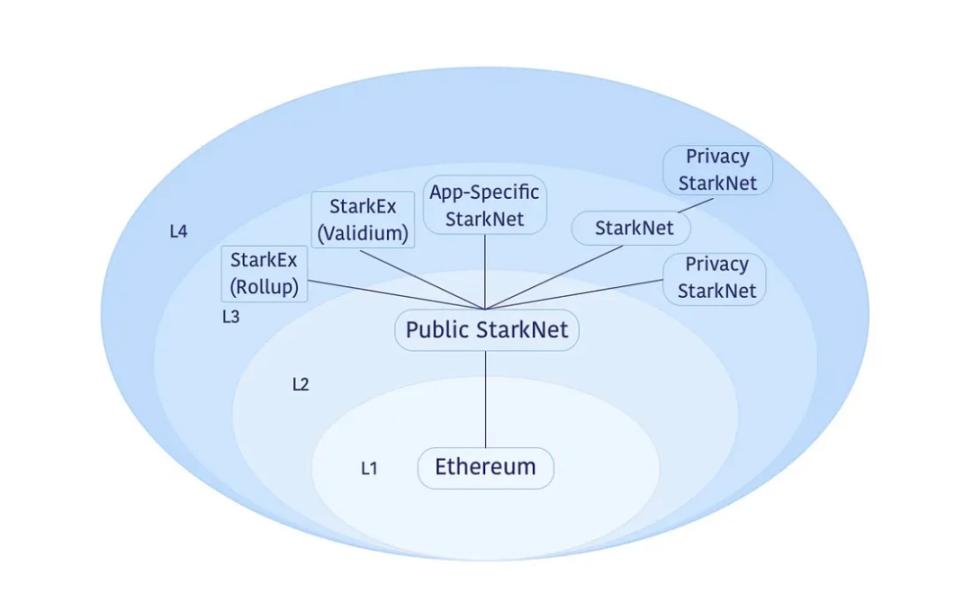
zkSync is also contemplating fractal scaling and L3, referring to them as "Hyperchains." Hyperchains utilize LLVM technology and are fractal instances of zkEVM running on L1 mainnet, capable of working in parallel. Interoperability across Hyperchains is achieved through joint settlement on the L1 mainnet.
Anyone can deploy a Hyperchain without permission, using a customizable modular zkEVM chain stack powered by the same zkEVM engine as the main zkSync L2. Developers can choose different virtual machines (e.g., MoveVM), different sequencer designs, and different data availability schemes (zkRollup, zkPorter, and zkValidium).
Additionally, the Matter Labs team has a vision for the future execution environment on Hyperchains to be very ephemeral or temporary. For example, a rollup could be quickly created to mint millions of NFTs, which could then be transferred to another execution layer, after which the temporary rollup could be shut down.
Caldera envisions one-click deployment of modular chains, initially starting with optimism's rollups. They have already conducted online demonstrations of optimism rollups on the testnet and have begun building on the mainnet in collaboration with gaming clients like Curio.
Stackr is still in its early stages but is a winner of ETH Global and looks promising. They hope to leverage "micro rollups" to create "hybrid applications," allowing rollups to freely choose execution, data storage, and achieve full decentralization.
Currently, there is little information about Conduit, but it is related to OPStack, and they are also working towards achieving a "one-click deployment" experience.
The Cosmonauts (Cosmos Ecosystem Supporters)
Dymension's RDK allows for the creation of RollApps connected to the Dymension Hub on Cosmos. Dymension RollApps are built using the same tools as Cosmos SDK, with the main difference being the replacement of the consensus-free blockchain module (i.e., no validator transition logic), and they are expected to be more scalable than Vanilla Rollups, as data publishing bandwidth issues will not become their bottleneck.
Dymension Hub will allow hub-style IBC connections between RollApps and other IBC-enabled chains, benefiting not only users but also enhancing Dymension Hub's status as an autonomous network.
Saga is a resilient blockchain space platform that allows developers to deploy fully secure, decentralized "chainlets" based on demand, leveraging the security of its main validator node set.
Saga supports multiple underlying platforms for chainlets, including Cosmos appchains, Celestia rollups, and Polygon Supernets. Like other RaaS projects, Saga focuses on the gaming sector and supports any technology needed by the gaming industry.

Initia is a modular solution also targeting the gaming market. They utilize MoveVM as the execution layer, ZK proofs, and Cosmos SDK for rapid settlement and data availability.
Initia plans to enhance their L1 ecosystem through what they call "The Lobby Thesis," providing a platform for L2 projects to communicate and collaborate, aiming for combinations and crossovers between L2s, rather than just focusing on L2 infrastructure.
Evmos plans to develop Evmos SDK, enabling developers to easily build and launch new EVM-compatible application chains on Cosmos using Ethermint.
Berachain recently announced the launch of Polaris, a restructured blockchain framework that supports integrating the Ethereum Virtual Machine with any consensus mechanism, including Cosmos SDK/Tendermint. The team will also build additional developer tools and infrastructure to make building with Polaris seamless—such as block explorers and wallets.
Eclipse is building a Settlement Rollup that allows SVM and other VM execution layers to be built on it, using Cosmos and Polygon, and eventually other L1s for data availability.

The Celestians
Celestia's Rollkit (formerly Rollmint and Optimint) is a modular framework for creating sovereign rollups or Optimism rollups (coming soon), complete with modular data availability components.
Rollkit features a universal data availability layer (DA layer) interface that can plug into any DA layer, including integration with Bitcoin for dispute resolution.
Astria is using Celestia as a Settlement rollup execution layer for data availability.
Fractal is a hub providing support and resources for building zkVM rollups.
Sovereign Labs is building the Sovereign SDK for the "Internet of Rollups," using any L1 for data availability and ordering, and employing any LLVM-compatible proof system for zk-proving (e.g., RiscZero or Nil Foundation) to create sovereign zk-rollups.
Other Teams
Artesi is building "full-stack" rollups using off-the-shelf tools like block explorers and MPC wallets.
Alt Layer focuses on creating "flash layers" for time-limited short-term use cases, which are temporary confidence rollups. They are using the Substrate SDK.
Cartesi (not to be confused with Artesi) is creating a blockchain SDK for Optimism Rollup, with a Linux operating system that can be compiled to Risc-V.
Opside offers zk-rollups as a service, using its innovative "three-layer" platform.
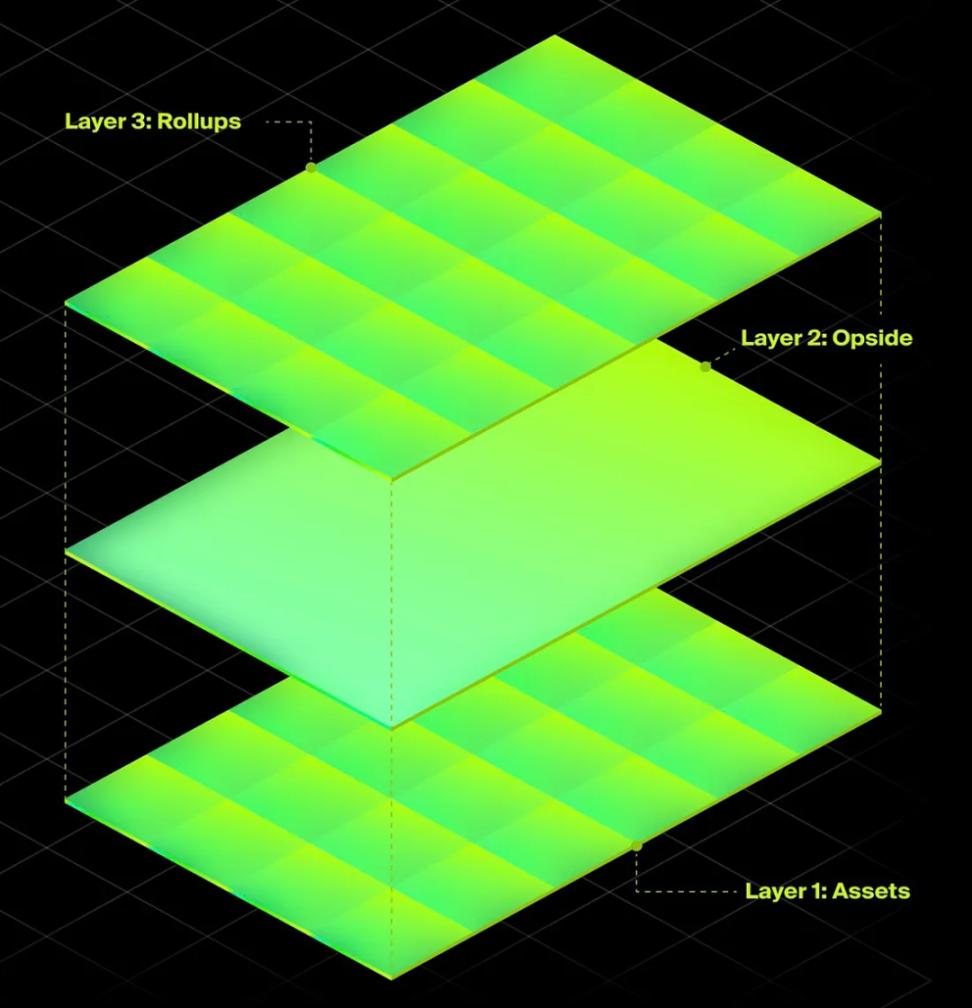
02 dApp-Chain Teams
Now that we have explored all the solutions that can make building modular chains easier, who is actually building new chains?
There are primarily three categories: gaming, DeFi, and creator economy.
Gaming
So far, gaming has been the most frequently mentioned use case for RaaS projects—many of which focus solely on gaming use cases.
GameFi has been a gold mine in the blockchain space, with "game chains" emerging over the years, such as Efinity, Flow, Enjin, ImmutableX (first StarkEx, now on Polygon zkEVM), and other projects.
This makes sense. Compared to financial applications, games require entirely different parameters: lower security, higher throughput, greater storage capacity, etc.
RaaS projects are joining the competition aimed at Web3 gaming.
DeFi
More specifically, independent financial applications.
Applications that do not require shared execution layer composability run well in a modular environment. Use cases like payments (Terra's Chai) and derivatives (e.g., dydx, perps, structured products) fit this model.
Creator Economy
This is somewhat of an umbrella term, but Web3 social, token-gated, community/social token projects are also actively developing their own application-specific modular blockchains.
This also makes sense, as these applications are self-contained and not troubled by the current lack of composability in cross-chain consensus.
03 A Long Road Ahead
I am very optimistic about leveraging modular stacks and RaaS (Rollups-as-a-Service) solutions to promote blockchain technology.
However, I also recognize that, as I have seen throughout my five-year cryptocurrency career, we are still in a very early stage.
Modular projects like Fuel, Celestia, and zk rollups have yet to launch. Most RaaS projects are still in alpha testing or have manually configured permissioned deployments.
Not to mention the new ecosystem that application protocol teams are considering for deploying their own dapp chains. The current situation is that building an application-specific modular chain is not yet an easy task for any development team:
Once you leave the shared state machine, connectivity and composability are affected.
Existing infrastructure, such as RPC endpoints, block explorers, and wallets, cannot be used directly, and running on one's own infrastructure is costly.
Liquidity is fragmented, and communities need to be built from scratch. There is no network effect inheriting from the underlying foundational chain.
Finally, there is an inescapable concern about whether this is just "digging and shoveling all the way."
Aside from robust development tools, the field also needs iconic applications to bring a wave of new users in the next bull market.
They need to address real user pain points that will emerge in the world of millions of chains in the future: composability issues, cross-chain value movement, and even complete abstraction of chains.
04 Translator's Summary
This article explores the future development trends of blockchain technology, primarily mentioning the concept of Rollups-as-a-Service (RaaS). RaaS projects aim to provide development teams with a lightweight, configurable rollup solution to help them quickly build and maintain internal blockchains.
Similar to AWS in cloud computing, RaaS projects abstract the complexity of underlying infrastructure from developers, allowing them to focus on application development and operations.
The article lists various solutions and projects currently in the RaaS space, mainly including:
Cosmos and Substrate: These two platforms are among the earliest blockchain development frameworks, with years of development history. Their main feature is supporting the creation of sovereign chains and connecting to the Polkadot Relay Chain as parachains through Substrate.
Polygon and Avalanche: These two platforms were initially positioned for large-scale applications, featuring modules like Edge and Subnet to meet diverse business needs. Recently, they have also begun supporting Supernet solutions, providing development teams with the potential to build custom ZK Rollups.
Ethereum L2: Due to congestion and efficiency issues on the Ethereum network, many L2 projects are emerging, attempting to provide more efficient and lower-cost solutions for digital asset transactions and application scenarios. For example, Optimism and Arbitrum have launched their own rollup and L2 architectures, helping developers quickly build applications on the Ethereum network and supporting more diverse scaling solutions.
Blockchain projects based on StarkNet, such as Slush, RollKit, and Fractal, are exploring faster, safer, and more flexible rollup application scenarios with ZK Rollup as the core technology.
In fact, as the application scenarios for digital assets continue to increase, hard forks and soft forks can no longer meet the specific needs of various blockchain applications.
RaaS projects have emerged to help developers quickly build modular blockchains, which can be scaled and upgraded according to demand, thus providing efficient, secure, and sustainable solutions for digital assets, gaming, social, DeFi, and other scenarios.
Of course, many blockchain projects and platforms have previously planned to launch similar services, but due to developers' lack of capabilities and knowledge, the actual implementation of these plans faces many difficulties. Therefore, RaaS solutions still need further development and improvement.



